Minimalist web design has become a cornerstone of modern web development, offering a clean, uncluttered aesthetic that enhances user experience and boosts performance. For those seeking inspiration, the realm of minimalist web design provides endless possibilities to create visually striking and functionally efficient digital spaces. Whether you’re designing a personal portfolio, a business website, or a landing page, minimalist design principles offer a unique way to stand out while keeping things simple.
This article dives deep into the world of minimalist web design inspiration, exploring everything from key examples and benefits to practical tools and resources. We’ll examine how minimalist design impacts user experience, discover top platforms for finding inspiration, and discuss effective strategies for incorporating minimalist elements into your web projects. By understanding the essence of minimalist web design, you’ll learn how to create websites that are not only beautiful but also highly functional and aligned with modern design trends.
From sleek layouts to focused color palettes, minimalist web design emphasizes clarity and efficiency. Join us as we uncover the secrets behind creating captivating minimalist designs, whether you’re a seasoned designer or just starting out. With the right resources and a keen eye for detail, anyone can master the art of minimalist web design and leave a lasting impression on your audience.
Key Takeaways
– Simplify User Experience: Minimalist web design enhances navigation and functionality, making it easier for users to find what they need.
– Boost Readability: Clean layouts and consistent typography reduce visual clutter, improving content accessibility.
– Faster Load Times: Minimalist designs often load quickly, boosting performance and user satisfaction.
– Inspire Mobile Design: Minimalist layouts seamlessly adapt to mobile devices, ensuring a consistent browsing experience.
– Modern Aesthetic Appeal: Clean, uncluttered designs align with contemporary tastes, helping businesses stand out.
– Focus on Content: Prioritizing content ensures key information is easily noticeable, driving user engagement.
– Cost-Efficiency: Minimalist design reduces the need for excessive graphics, lowering development and maintenance costs.
– Explore Inspiration: Use online communities like Dribbble and Behance, follow design blogs, and utilize tools like Awwwards to find minimalist web design inspiration.
– Enhance Your Skills: Leverage video tutorials and courses from platforms like YouTube and Udemy to master minimalist design techniques.
– Visit Leading Resources: Discover minimalist web design through websites like Awwwards, Dribbble, and Material Design, and explore blogs like Smashing Magazine for insights.
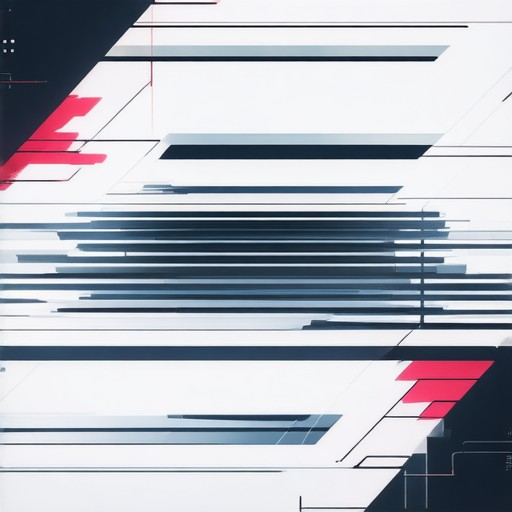
Examples of Minimalist Web Design
Minimalist web design emphasizes simplicity, functionality, and focused content. Here are some notable examples:
- Google Material Design : Known for its clean, minimalist interface with ample white space, simple typography, and a consistent color palette.
- Apple’s Website : Features a sleek, minimal design with a focus on product presentation and user experience.
- Tesla’s Website : Utilizes a dark theme with minimalist typography and centered content, emphasizing product features.
- Muji Hotel Website : Uses extensive white space, subtle typography, and a neutral color scheme to create a calming effect.
- The New York Times : Implements a clean layout with a strong focus on typography and content curation.
- BBC Redesign : employs a sans-serif font, grid layouts, and minimalistic navigation for easy reading and accessibility.
- Olly Moss Personal Website : A portfolio site showcasing his work with a simple, grid-based layout and minimal text.
- Sagmeister & Walsh : Features a straightforward, functional design with a focus on content delivery.
- 99 Designs Landing Page : Combines bold typography with a clean layout and clear calls-to-action for maximum impact.
Best Tools and Resources for Minimalist Web Design Inspiration
Minimalist web design emphasizes simplicity, functionality, and clean aesthetics. To inspire your next project, here are the top tools and resources that cater to minimalist design preferences:
- Adobe Fonts – Offers a curated collection of minimalist typefaces, perfect for creating sleek and modern designs.
- Google Fonts – Provides a variety of minimalist fonts like Roboto and Poppins, ideal for clean typography.
- Font Squirrel – A premium font library with a selection of minimalist and modern fonts.
- Dribbble – A community-driven platform showcasing minimalist web designs and UI/UX projects.
- Behance – Features a vast gallery of minimalist web designs and creative work by professional designers.
- Webflow – A design tool that supports minimalist layouts with its drag-and-drop interface and templates.
- Inkscape – A free vector graphics editor excellent for creating minimalist icons and illustrations.
- Figma – A collaborative design tool that allows teams to create minimalist wireframes and prototypes efficiently.
- Canva – While known for its versatility, Canva offers a variety of minimalist design templates for web-inspired projects.
- Color Scheme Generator – Helps in selecting complementary colors for minimalist designs, ensuring harmony and balance.
- Gridlover – A grid-based design tool that promotes structured and minimalist layouts.
These resources provide a mix of tools, fonts, and platforms that align with minimalist design principles. Whether you’re working on a personal project or a professional assignment, these options offer a wealth of inspiration and practical utilities to bring your ideas to life.
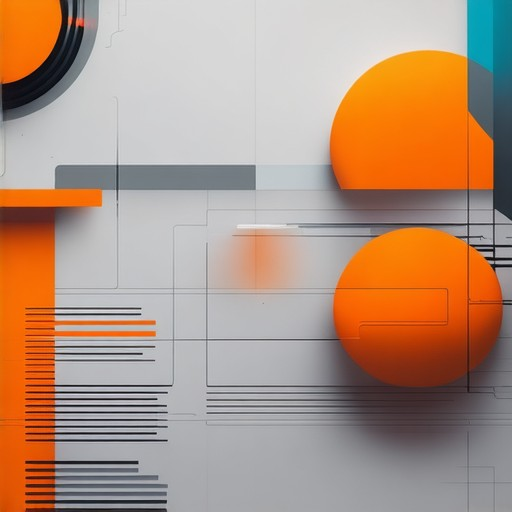
Effective Ways to Incorporate Minimalist Design Into Web Projects
Minimalist web design emphasizes simplicity, functionality, and user-centricity. Here are some proven strategies to integrate minimalist design into your web projects:
- Limit Color Palette: Use a restricted color scheme, often consisting of neutral tones and a few accent colors. This reduces visual clutter and focuses attention on key elements.
- Simple Typography: Employ clean, readable fonts like Helvetica or Arial. Use consistent font sizes and weights to maintain a cohesive look.
- Maximize Whitespace: Incorporate ample padding and margins to create breathing space, allowing users to focus on content without visual fatigue.
- Focus on Functionality: Prioritize essential features and eliminate unnecessary elements. Minimalist designs often strip away non-essential features to enhance usability.
- Uniform Button and Icon Styles: Maintain consistency in button designs and iconography to create a unified visual language across your project.
- Subtle Textures and Gradients: Introduce subtle textures or gradients to soften the minimalistic aesthetic without overwhelming the user.
- Responsive Layouts: Ensure your design is responsive and adapts seamlessly to various screen sizes, preserving its minimalist integrity across devices.
- Simplify Navigation: Use clean, intuitive navigation bars and menus to guide users effortlessly through your site.
- Streamlined Forms: Opt for minimalistic forms with essential fields, ensuring a smooth user experience.
By focusing on these strategies, you can create web projects that are both visually appealing and highly functional. Minimalist design not only enhances aesthetics but also improves user experience, making it a valuable approach for modern web development.
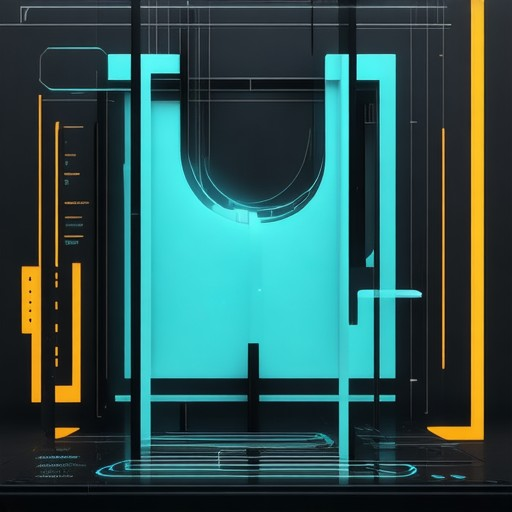
Benefits of Minimalist Web Design
Minimalist web design emphasizes simplicity, functionality, and user-centricity, offering numerous advantages for both users and businesses. Here are the key benefits:
- Improved User Experience: By eliminating unnecessary elements, minimalist design streamlines navigation and focuses on core functionalities, making it easier for users to find what they need.
- Enhanced Readability: Clean layouts and consistent typography reduce visual clutter, making content more accessible and easier to digest.
- Easier Navigation: Clear and intuitive navigation helps users move through the site efficiently, reducing frustration and bounce rates.
- Faster Load Times: Minimalist designs often load quicker due to reduced file sizes and fewer visual elements, leading to improved performance and user satisfaction.
- Reduced Bounce Rates: Simplified interfaces encourage users to explore the site further, keeping them engaged longer and reducing the likelihood of leaving the page.
- Mobile Responsiveness: Minimalist designs typically adapt well to mobile devices, ensuring seamless browsing experiences across various screen sizes.
- Modern Aesthetic Appeal: Clean, uncluttered designs are often associated with contemporary tastes, helping businesses stand out in competitive markets.
- Better Content Focus: By prioritizing content, minimalist design ensures that the most important information is easily noticeable, enhancing user engagement.
- Cost Efficiency: Minimalist design reduces the need for excessive graphics and complex animations, lowering development and maintenance costs.
For more insights into minimalist web design, visit 119WebDesign.com to explore their comprehensive guide on modern web design practices.
How Can I Find Minimalist Web Design Inspiration?
To find minimalist web design inspiration, consider exploring the following resources and strategies:
- Online Communities : Join platforms like Dribbble and Behance to discover minimalist web designs and connect with designers.
- Design Blogs : Follow reputable blogs such as Smashing Magazine and MinimalistWeb for curated design collections and tutorials.
- Design Inspiration Tools : Utilize tools like Awwwards and CSS Gallery to explore trending web designs and filter by minimalist themes.
- Minimalist Portfolio Websites : Visit websites like Material Design and Apple to study their clean and minimalist interfaces.
- Follow Designers on Social Media : Engage with designers on platforms like Instagram and Twitter where many share their minimalist design projects.
- Join Online Groups : Participate in forums like Reddit’s Web Design Community and Hacker News to discuss minimalist design principles and get feedback on your ideas.
- Explore Case Studies : Check out case study platforms like Case Study HQ and UX Design CC to analyze successful minimalist web designs in action.
- Attend Workshops and Watch Videos : Enroll in webinars and workshops offered by platforms like Webflow and watch design-related YouTube channels focused on minimalist aesthetics.
By leveraging these resources and strategies, you can effectively uncover minimalist web design inspiration and enhance your creative process.
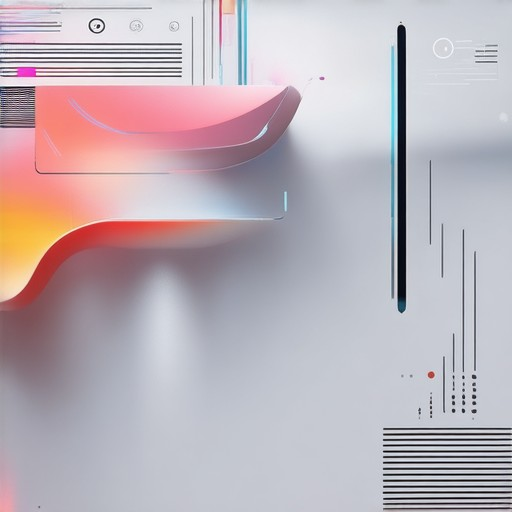
Best Resources for Minimalist Web Design Inspiration
Minimalist web design is a popular approach that focuses on simplicity, functionality, and clean aesthetics. To inspire your next project, here are some exceptional resources that cater to various aspects of minimalist design:
- Websites
- Awwwards – A prestigious platform showcasing cutting-edge digital designs, including minimalist works.
- Dribbble – A vibrant community where designers share their minimalist web designs and UI/UX projects.
- Webflow Blog – Features articles on modern web design trends, often highlighting minimalist approaches.
- Behance – A hub for creative professionals, offering a vast collection of minimalist web design projects.
- Tools and Frameworks
- Grid – A responsive grid system that promotes clean layouts and minimalistic design principles.
- Material Design – Google’s design framework that emphasizes minimalism through simple, elegant interfaces.
- CleanUI – A WordPress theme focused on simplicity and minimalistic web design.
- Base CSS – A lightweight CSS framework that encourages a minimalist approach to web design.
- Communities and Forums
- Reddit – Subreddits like r/webdesign or r/UIDesign often feature minimalist design discussions and resources.
- Twitter – Follow designers and developers who frequently share minimalist web design insights and projects.
- Instagram – Many design accounts showcase minimalist web and UI/UX designs in visual formats.
- LinkedIn – Connect with minimalist design enthusiasts and access professional resources and articles.
- Books and Guides
- “Don’t Make Me Think” – A classic guide on web usability, often referenced in minimalist design.
- “The Design of the Web” – Explores minimalist principles in web design and user experience.
- “UI is Human” – Discusses the importance of simplicity and minimalism in user interface design.
- “Web Typography” – Focuses on clean typography, a key element of minimalist design.
- Video Tutorials and Courses
- YouTube Channels – Channels like “The Futur” and “UX Design.cc” offer tutorials on minimalist web design.
- Coursera – Offers courses on web design principles, including those aligned with minimalist aesthetics.
- Udemy – Provides a variety of minimalist design courses taught by experienced professionals.
- Skillshare – Features classes on creating minimalist layouts and interfaces.
- Blogs and Articles
- Smashing Magazine – Regularly publishes articles on web design trends, often discussing minimalist approaches.
- Interaction Design – Focuses on the intersection of minimalist design and user interaction.
- Boxes and Arrows – Explores minimalist design in various contexts, including web and product design.
- Designmodo – Shares case studies and tutorials on minimalist web design techniques.
- Conclusion
The resources listed above provide a well-rounded approach to exploring minimalist web design. Whether you’re interested in visual inspiration, tools, or educational materials, these platforms and publications offer something valuable for designers at every level. Start exploring these today to find your own minimalist style and elevate your web design projects to new heights.
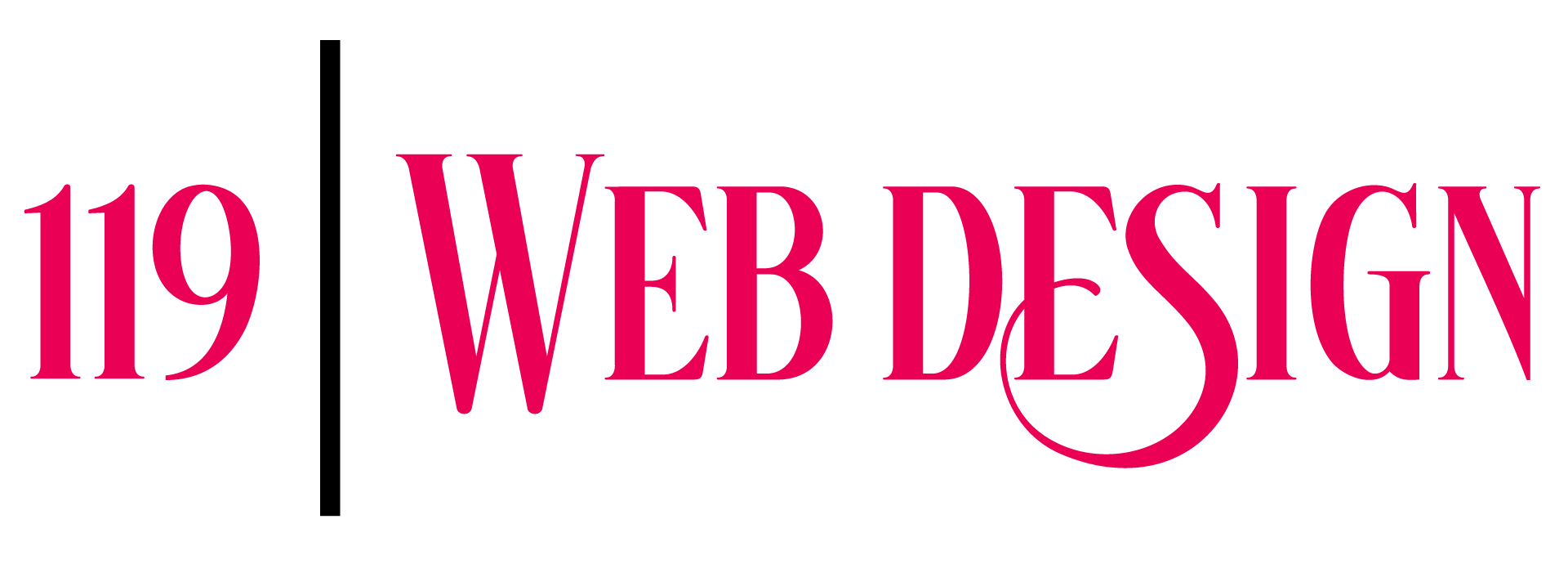
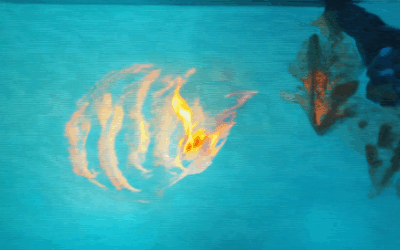

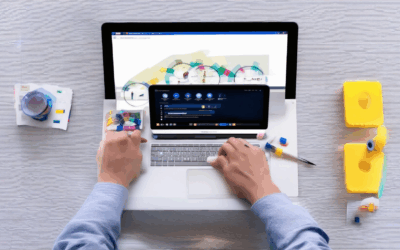
0 Comments